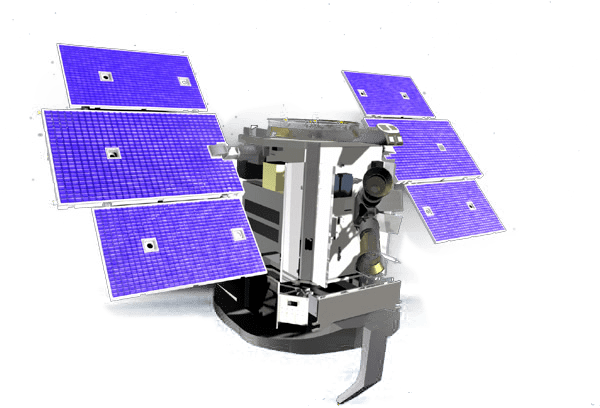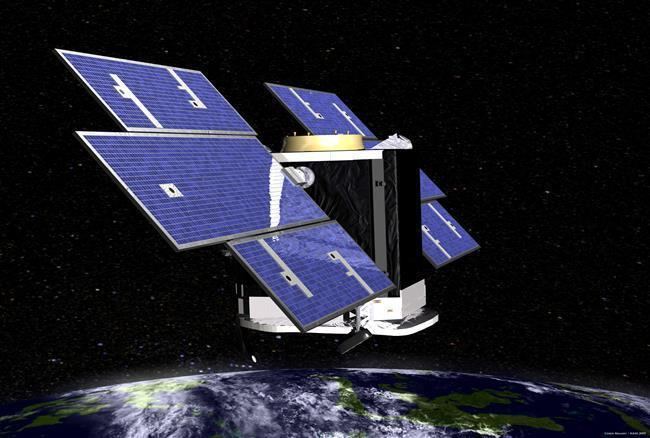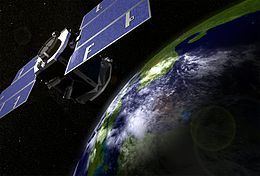Mission type Atmospheric research COSPAR ID 2006-016B Website CloudSat home page Launch date 28 April 2006 Inclination 98.23° Launch mass 700 kg | SATCAT no. 29107 Mission duration 22 months Period 1.6 hours Inclination 98.23° Launch mass 700 kg | |
 | ||
Similar CALIPSO, Aqua, Aura, Parasol, Tropical Rainfall | ||
Cloudsat and mtsat satellites observer atsani
CloudSat is a NASA Earth observation satellite, which was launched on a Delta II rocket on April 28, 2006. It uses radar to measure the altitude and properties of clouds, adding to information on the relationship between clouds and climate in order to help resolve questions about global warming.
Contents
- Cloudsat and mtsat satellites observer atsani
- Cloudsat satellite images of amanda
- Instrument
- References

CloudSat flies in formation in the "A Train", with several other satellites: Aqua, Aura, CALIPSO and the French PARASOL.

The mission was selected under NASA's Earth System Science Pathfinder program in 1999. Ball Aerospace & Technologies Corp. in Boulder, Colorado, designed and built the spacecraft.

CloudSat's primary mission was scheduled to continue for 22 months in order to allow more than one seasonal cycle to be observed.

Cloudsat satellite images of amanda
Instrument
The main instrument on CloudSat is the Cloud Profiling Radar (CPR), a 94-GHz nadir-looking radar that measures the power backscattered by clouds as a function of distance from the radar. The radar instrument was developed at NASA's Jet Propulsion Laboratory (JPL) in Pasadena, California, with hardware contributions from the Canadian Space Agency. The overall design of the CPR is simple, well understood, and has a strong heritage from the many cloud radars already in operation in ground-based and airborne applications. Most of the design parameters and subsystem configurations are nearly identical to those for the Airborne Cloud Radar, which has been flying on the NASA DC-8 aircraft since 1998.
The CPR capitalizes on existing radar expertise and experience at JPL. Other radars already flown successfully or being developed by JPL include the Seasat SAR, the Shuttle Imaging Radars (SIR-A, SIR-B, SIR-C), the Shuttle Radar Topography Mission (SRTM), Magellan Venus Radar Mapper, Cassini Radar (mapping Saturn's moon Titan), NSCAT, QuickScat, and SeaWinds.
Based on radar lifetime data, NASA expects the radar to operate for three years with a 99% probability.
CloudSat is managed by the Jet Propulsion Laboratory. Colorado State University provides scientific leadership and science data processing and distribution. The cost of this project is approximately 200 million dollars.
